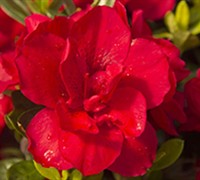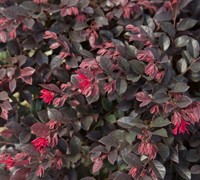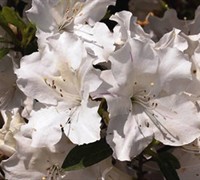Pink Muhly Grass
PINK MUHLY GRASS AND BENEFICIAL INSECTS
Organic gardening is the idea of gardening without the use of artificial pesticides or fertilizers. While this can sometimes be a difficult feat to fully implement (I myself still sometimes use chemical fertilizers), there are many reasons for reducing your use of certain pesticides in your garden. I first heard about the research linking exposure to certain pesticides and Parkinson’s Disease when I was a neuroscience graduate student at Emory University. And there has now been over a decade’s worth of evidence showing a clear association between certain pesticides (mainly paraquat and rotenone) and Parkinson’s. The good news is that both of these particular pesticides are being phased out of use, but I still like to minimize my use of pesticides as much as I can – especially insecticides. Many insecticides target the nervous system of insects, and their nerve cells work in the same way that ours do. I also like to think about reducing insecticide use to help save the “good” insects – especially important pollinators like bees and butterflies.
One of the most natural ways of maintaining pest control in your garden is to use nature’s own solution – beneficial insects. And the ladybug (more accurately a lady beetle) is one of the best friends a gardener can have. The term “ladybug” refers to a widespread family of small beetles (Coccinellidae) which are commonly red, yellow, or orange with black spots on their wing covers – although color patterns can vary as there are over 6,000 species in this family.

The majority of these 6,000 species of ladybug feed on common agricultural pests – such as aphids and scale insects. The tiny beetles will seek out aphid and scale insect colonies and lay their eggs right in the middle of the colony. That way, when the larvae are born, they have an immediate meal waiting for them. The larvae, while appearing a bit scary and dangerous (almost like tiny black, red, and/or yellow alligators), are completely harmless to humans and the plants, although deadly to their insect prey. One ladybug larva (also called a nymph) can eat about 400 aphids during a three week period. Once it pupates into an adult, it will consume more than 5,000 aphids during its lifetime! In addition to eating aphids and scale insects, ladybugs and their larvae will also eat whitefly pupa, thrips, and spider mites.
The best way to attract ladybugs to your garden (to work for you as a natural means of pest control) is to plant ladybug-friendly plants. And the Pink Muhly Grass (Muhlenbergia capillaris) is one such plant! Not only is the Pink Muhly Grass popular for its beauty and low maintenance style, but it is also considered to be an excellent attractant for beneficial insects, including the ladybug. As an added bonus, the clumping habit of this plant provides shelter for birds and cover for small animals. All in all, the Pink Muhly Grass is a plant that you can feel good about having in your garden!
New Arrivals at Gardener Direct






















